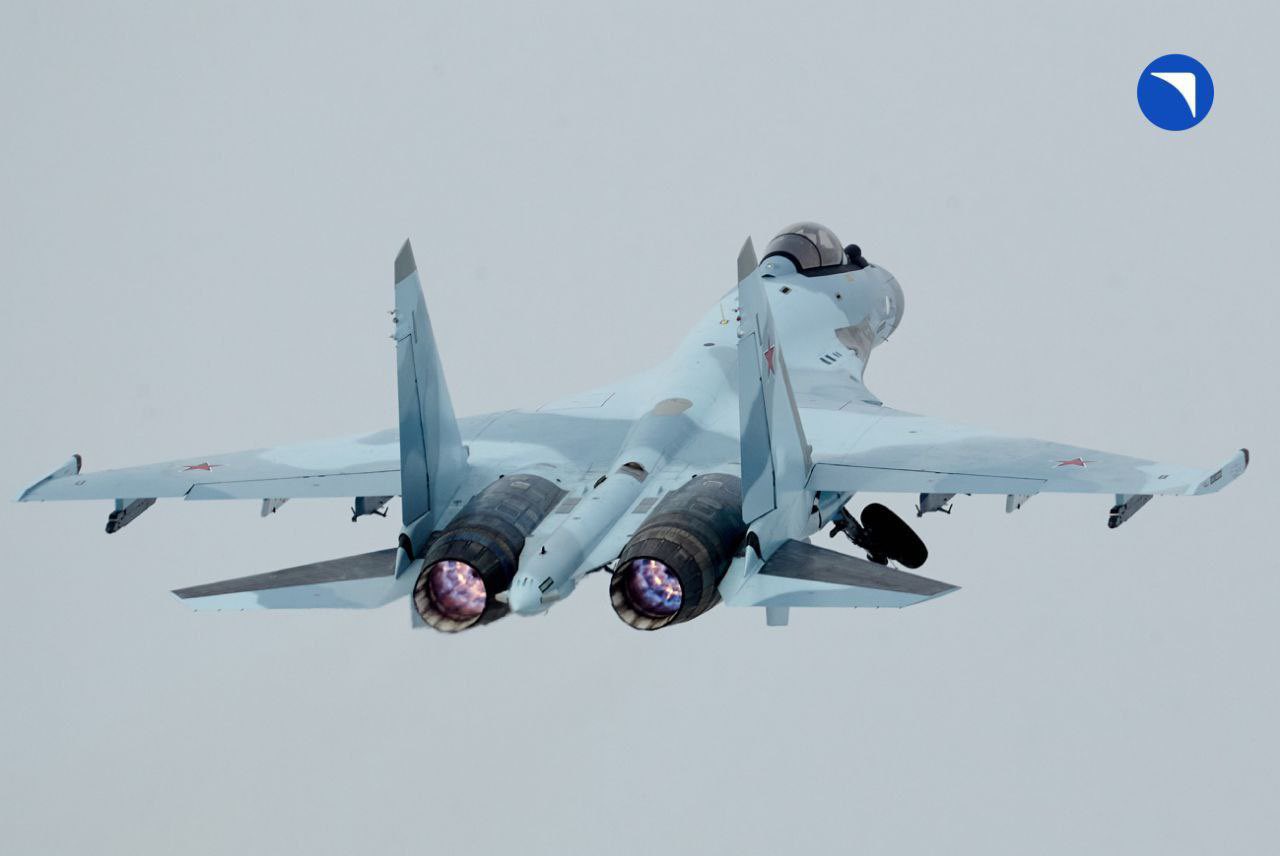Russia’s inability to establish air superiority in Ukraine had shocked military observers. However, the recent Russian assault to capture Avdiivka indicates the temporary establishment of limited and localized air superiority to provide close air support to ground troops during the final days of their offensive.
It is the first instance of Russia achieving air superiority, and with Ukrainian air defense missile stock getting finished in March 2024, Russian forces may be able to replicate the success of Avdiivka.
A report by the US-based think tank Institute for the Study of War (ISW) contends that “delays in Western security assistance may lead to further significant constraints on Ukrainian air defenses.”
This has been contrary to the Russian Air Force’s performance in the war since 2022. Russia’s air force underperformed in Ukraine and suffered notable losses of some key aircraft. “Air parity, not air superiority,” was the status between them.
The Russian Air Force suffered substantial losses. The Kamov Ka-52 Hokum B attack helicopter fleet has lost 40 percent of its pre-war strength, with the Mil Mi-35 Hind and Mi-28N Havoc B inventory having depleted too.
Russia’s inventory of Mi-8MTPR-1 HIP electronic warfare helicopters is also at least 20 percent less than at the start of the war. Those losses, along with others, like two-seater Sukhoi Su-34 Fullback fighter ground-attack aircraft and Su-25 Frogfoot ground-attack aircraft, are reflected in the upcoming 2024 edition of The Military Balance.
Russian Defense Minister Sergei Shoigu has claimed that Russian forces have established “full control” over Avdiivka, Donetsk Oblast, as Russian forces continued to advance in the settlement on February 17, and Ukrainian forces have likely withdrawn from Avdiivka.
Geolocated footage published on February 17 shows that Russian forces advanced into northern Avdiivka along the railway line, in the eastern part of the Avdiivka Coke Plant, and the industrial area near the Avdiivka quarry in northeastern Avdiivka. Additional geolocated footage shows that Russian forces advanced into central Avdiivka from the south and captured the City Administration and Palace of Culture buildings.
The US-based think tank Institute for the Study of War (ISW) studied the Russian campaign in Avdiivka and found that the Russian forces have gradually increased the use of glide bombs throughout the theatre since 2023.
On February 17, according to the spokesperson for a Ukrainian brigade operating near Avdiivka, Russian forces launched 60 KAB glide bombs in a day. The Russians had reportedly launched up to 500 glide bombs at Avdiivka in recent days.
Glide bombs have a range upto 70 kilometers. Russian forces began using the glide bombs to allow tactical aircraft to conduct strikes deep within its territory to avoid losing fixed and rotary wing aircraft.
Ukrainian Tavriisk Group of Forces Commander Brigadier General Oleksandr Tarnavskyi stated that Russian forces conducted 73 airstrikes in the Tavriisk direction (Avdiivka through western Zaporizhia Oblast) on February 14, a record number, as Russian forces intensified their tactical turning movement in Avdiivka.
Russians have been crediting the Russian use of glide bombs in overcoming Ukrainian defenses in Avdiivka, and some Russian military bloggers asserted that Russian forces have air superiority in the area.
A Russian Storm-Z instructor claimed that Russian forces had earlier struggled to conduct mass airstrikes in close air support operations.
“The Russian ability to conduct these mass strikes for several days in the most active part of the frontline suggests that Ukrainian forces were not able to deny them access to the airspace around Avdiivka,” the ISW report mentions.
Ukrainian Air Defense Falters
Ukrainian Defense Minister Rustem Umerov stated on February 17 that one of the main lessons learned from the defense of Avdiivka is that Ukrainian forces need modern air defense systems to prevent Russian forces from using glide bombs.
Ukrainian air defenses need to shoot down the Russian Su-34 and Su-35 attack aircraft that launch the glide bombs from deep within Russian territory to stop the strikes.
Ukrainian officials have stressed that Ukraine is facing a “critical shortage” of air defense missiles, and the New York Times reported on February 9 that American officials assess that Ukrainian air defense missile stocks will run out in March 2024 without further replenishment by Western security assistance.

This depleting stockpile means that Ukraine has some difficult choices ahead. In the face of Russian missile and drone strikes against rear population centers, Ukraine will need to decide which areas will get air defense coverage.
“Widespread interrupted air superiority would allow Russian forces to conduct routine large-scale aviation operations and bomb Ukrainian cities beyond the frontline to devastating effect,” the ISW report reads.
Ukrainian forces have claimed to have shot down three Russian fighter jets – two Su-34s and one Su-35 over Donetsk Oblast on February 17. This indicates that the scarce air defense assets of Ukrainian forces are unable to give complete coverage to the country.
Russian forces have also made confirmed advances near Bakhmut and Avdiivka and western Zaporizhia Oblast.
Apart from this, the Russians have been introducing technological adaptations to optimize systems for use in Ukraine. A Russian military blogger reported on February 17 that Russian forces are testing the “Hermes” missile system in Ukraine and at training grounds in Russia.
The “Hermes” is a guided missile system that can be launched in ground or air mode and can also be used as an anti-ship missile or coastal defense system.
- Ritu Sharma has been a journalist for over a decade, writing on defense, foreign affairs, and nuclear technology.
- She can be reached at ritu.sharma (at) mail.com
- Follow EurAsian Times on Google News




